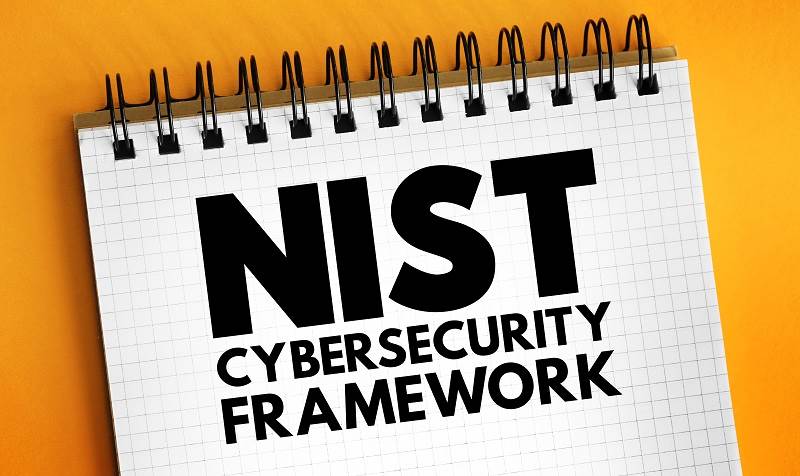
On Tuesday, we had the first of four webinars describing how to align your security framework to a recognized standard by following four steps: Identify, Protect, Detect, and Respond.
You can see a video of the first webinar in the series here.
Why are we hosting these webinars? Because cybersecurity awareness is not enough; knowing how to turn that awareness into action is the crucial step.
One action for many organizations is to turn to the National Institute of Standards and Technology (NIST) Cybersecurity Framework (CSF).
The NIST CSF is a set of guidelines, best practices, and standards for managing cybersecurity risks across an organization. It provides a comprehensive and flexible approach to managing cybersecurity risks, allowing organizations to identify, assess, and manage their cybersecurity risks in a way that can be tailored to their specific needs.
Why is a NIST Security Framework important?
1. Comprehensive and Flexible Approach
The NIST CSF provides a comprehensive and flexible approach to managing cybersecurity risks. It helps organizations assess and manage their cybersecurity risks in a way that can be tailored to their specific needs. This ensures that the organization is taking a comprehensive approach to cybersecurity, while also allowing for flexibility in implementation.
2. Regulatory Compliance
Many regulatory bodies require organizations to implement cybersecurity controls to protect sensitive data and prevent cyber-attacks. The NIST CSF provides a framework for organizations to assess and improve their cybersecurity posture, which can help them comply with these regulatory requirements.
3. Risk-Based Approach
The NIST CSF emphasizes a risk-based approach to cybersecurity. This means that organizations should prioritize their cybersecurity efforts based on the potential impact of a security incident. By focusing on the most critical areas of the organization, resources can be allocated effectively, and risks can be mitigated.
4. Common Language
The NIST CSF provides a common language for cybersecurity. It ensures that all stakeholders, including business leaders, IT professionals, and regulators, are speaking the same language. This helps to facilitate communication and collaboration between these groups and ensures that everyone is working towards the same goals.
5. Continuous Improvement
The NIST CSF is designed to be a living document that can be updated and adapted as new cybersecurity threats emerge. This means that organizations can use the framework to continually improve their cybersecurity posture and stay ahead of the latest threats.
So now that you understand what the NIST CSF is, why not learn how to align your security plan to that framework? Click here to see the first of our webinar series and register for the next three.
You can also contact us at any time to discuss solutions for your network security situation.
About the author
Devin Ball is an Account Executive specializing in cybersecurity solutions for businesses. Devin works closely with organizations to identify and address critical vulnerabilities, implementing state-of-the-art security protocols to safeguard against cyber threats.